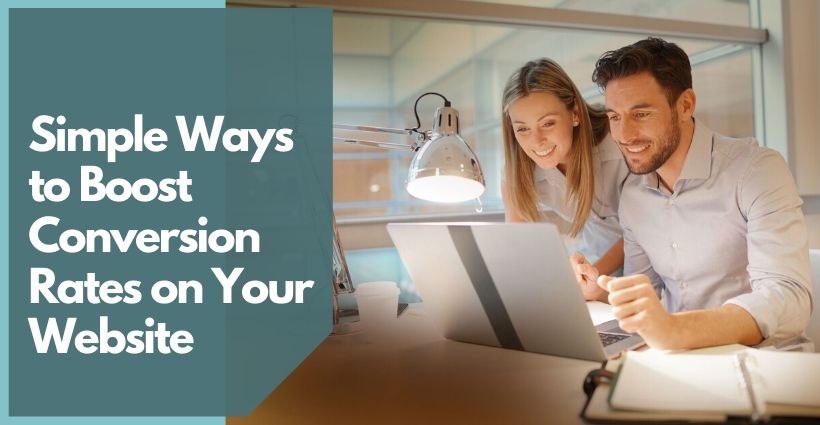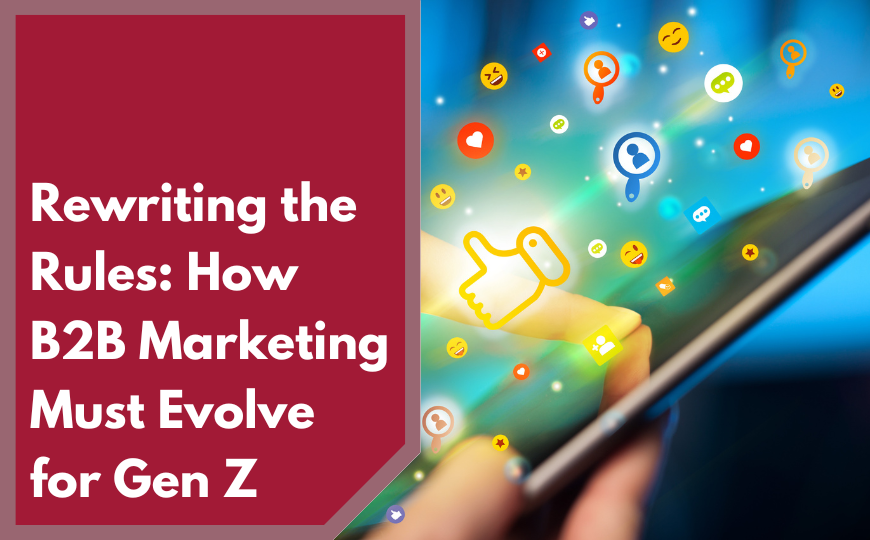What exactly is a conversion rate and what does it mean for your business? A conversion is simply an action taken by a visitor on your website or a landing page. It can be a purchase, a sign-up, a download or anything else that you consider a measure of success for a particular call-to-action (CTA). Conversions are measurable and because they are measurable, we can apply various methods to influence the effectiveness of our content and CTAs. This practice is called Conversion Rate Optimization.
What is the conversion rate?
Conversion rate tells you the number of people who took action on your website as compared to the total number of unique visitors who actually saw your call-to-action, measured in percentages.
Conversion Rate = Total # of conversions / Total # of unique visitors
Unique Visitors metric is very important here since it counts one view per visitor even though a visitor may have viewed a CTA multiple times.
Why care about conversion rates?
Conversions are generally defined as goals that your company is aiming to achieve. Whether you are trying to grow your email list, increase revenue from online purchases or grow your membership program, the conversion rate is the measure of your success. The website conversion rate is a direct indicator of how well a CTA is turning visitors into leads or customers which, in turn, determines the effectiveness of that website page.
There are two types of conversions: micro and macro. Macro conversions are the final big action, such as a purchase or a sign-up. Micro conversions are the small steps a visitor takes on the way to making the big decision. Understanding micro-conversions will give you insights into your customers’ buying journey so that you can optimize their experience at every turn and lead them to that one big action.
Examples of micro-conversions include:
- Clicking the “more info” tab on a product page
- Adding a product to a shopping cart
- Applying a discount code
Understanding why a visitor does not take an action you want them to take can help you optimize the content and call-to-action and improve the conversion rate. Conversion rate optimization (CRO) is a practice of improving your website’s user experience to maximize the number of conversions you can get.
What affects conversion rates
What influences a person to click on a page, a button or a link, and what makes them leave completely? To find out, you must understand what affects user behavior. The look and feel of your website, the choice of imagery, navigation menus, load speed and, of course, the content – these are just a few examples that may stand in the way of conversions. You may have the best copy but if your website looks like it was made in the ‘90s, visitors won’t give you a chance. Would you buy something from Amazon if the website took 60 seconds to load? Probably not.
It only takes 0.05 seconds for visitors to make up their minds about your website and, as a result, about your company. Will they stay or will they go? That conclusion is made simply by observing in a fraction of the time. The action you want them to take may never come because the users have left the site after the first impression.
What metrics are important for conversion analysis
When looking at conversion analysis, there are several important metrics you need to pay attention to.
- According to Neil Patel, a traffic source is more important to conversions than the amount of traffic. Knowing whether your visitors come to your site directly by typing the URL, from search or from a referral site will tell you about their level of engagement. Also, you want to keep your traffic sources diversified and not rely on one channel to bring in leads.
- Bounce rate – measures the percentage of site visitors who leave the site after visiting only one page. High bounce rate may indicate low relevance, meaning what users expected to see on a page is not what they got.
- Exit pages – visitors may complete many steps on the way to the final action you want them to take. The process can take them through several pages (eg, product > cart > checkout). If visitors leave your site before getting to the page with your main CTA, you’re losing a conversion. You need to know the exit page in order to fix it.
- Average time on page – measures the time spent on any one page; this is a good indicator of how engaging your content is.
- Page load time – how fast your web pages load on desktop and mobile devices. The higher the load time the higher the bounce rates. According to Google, for pages that load between 3 and 5 seconds, the bounce rate may go up to 90% vs 32% for pages that load under 3 seconds.
Tips for improving conversions
Follow these tips to better understand your customers’ needs and behavior so that you can use the data to boost your conversion optimization efforts.
Knowing your customer
Identify your ideal customer and you will have a clear picture of their needs, wants, and expectations. Then use this important information to laser-focus your efforts to provide the best user experience.
Professional design
Professional web designers combine art and science to create websites that help grow your business. From choices of colors, imagery, and typography to navigation, conversion-oriented copy and proper placements of CTA – every detail matters when it comes to effective web design.
Analysis of data
With the metrics provided earlier, you can examine the choices that a person makes before buying. Maybe you noticed that on a specific campaign, many users were abandoning the website. This may indicate a disconnect between a CTA and the content. The metrics show the problems and how to better connect to your target audience.
Testing
If you’re not testing, you’re not improving. A/B and multi-variant testing provide different insights and can help you determine what changes are effective, and what needs to be done if they are not.
Survey Users
Probably one of the most important ways you can improve your conversions is by knowing exactly what works and what doesn’t work on your website. By surveying customers, you can see where you are effective and where your website needs to improve.
How a digital agency can help
A business looking to attract more users and generate more leads via the website may benefit through a partnership with a digital agency that specializes in conversions rate optimization. Business goals tend to be shaped around lead generation, brand awareness and profits, so it is important to have a team of specialists that can enhance your web design, optimize content and increase revenues.
Want a Proven Conversion Optimization Strategy for Your Company?
Let us show you how strategic analysis and creativity can deliver more leads and more customers. If you are ready to get traction with your digital marketing strategy, reach out to our experts at DirectiveGroup.






